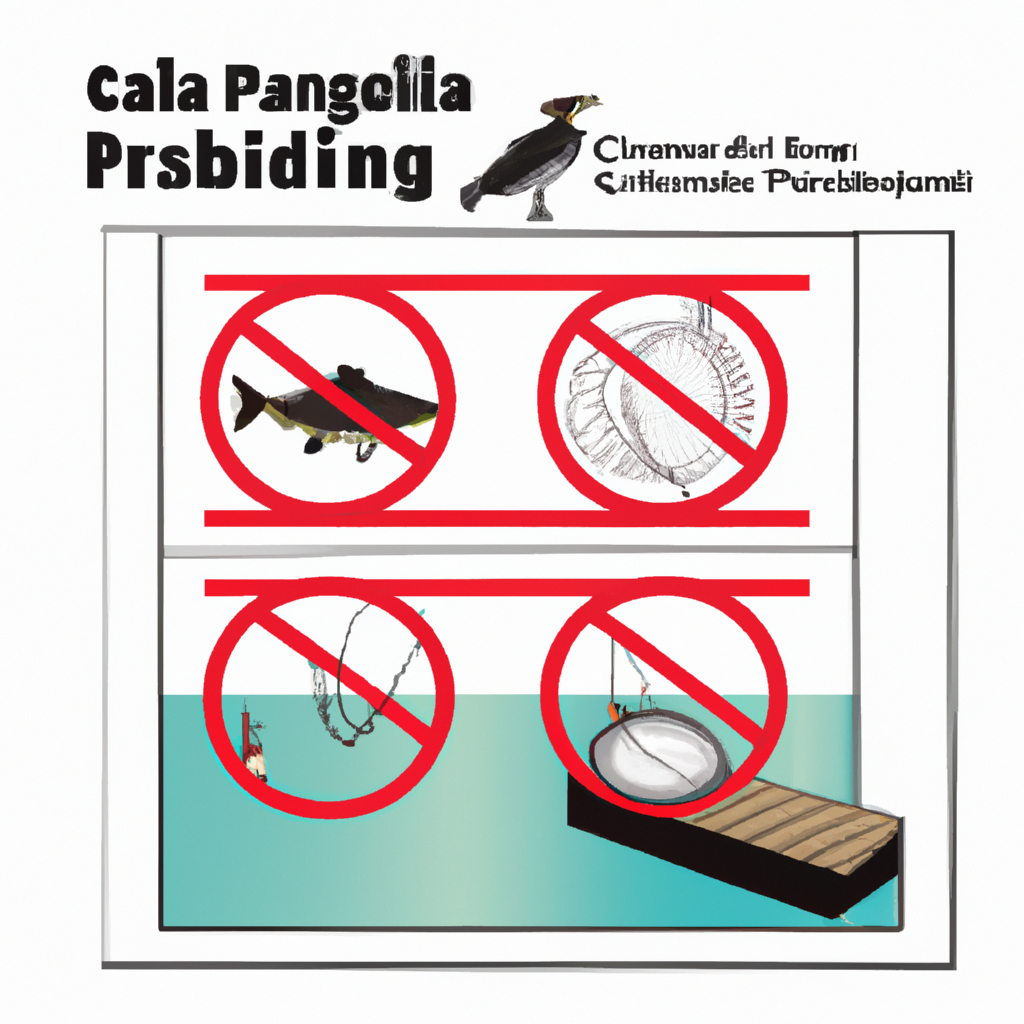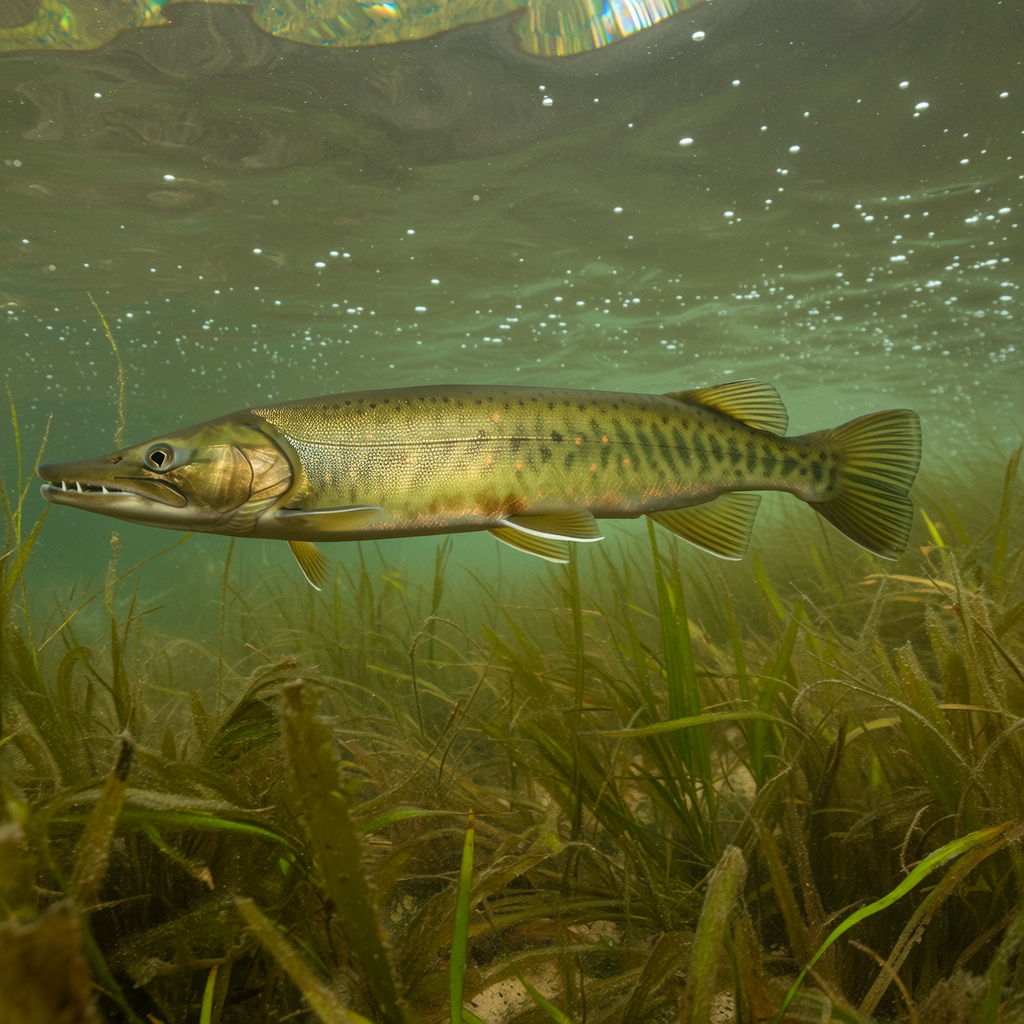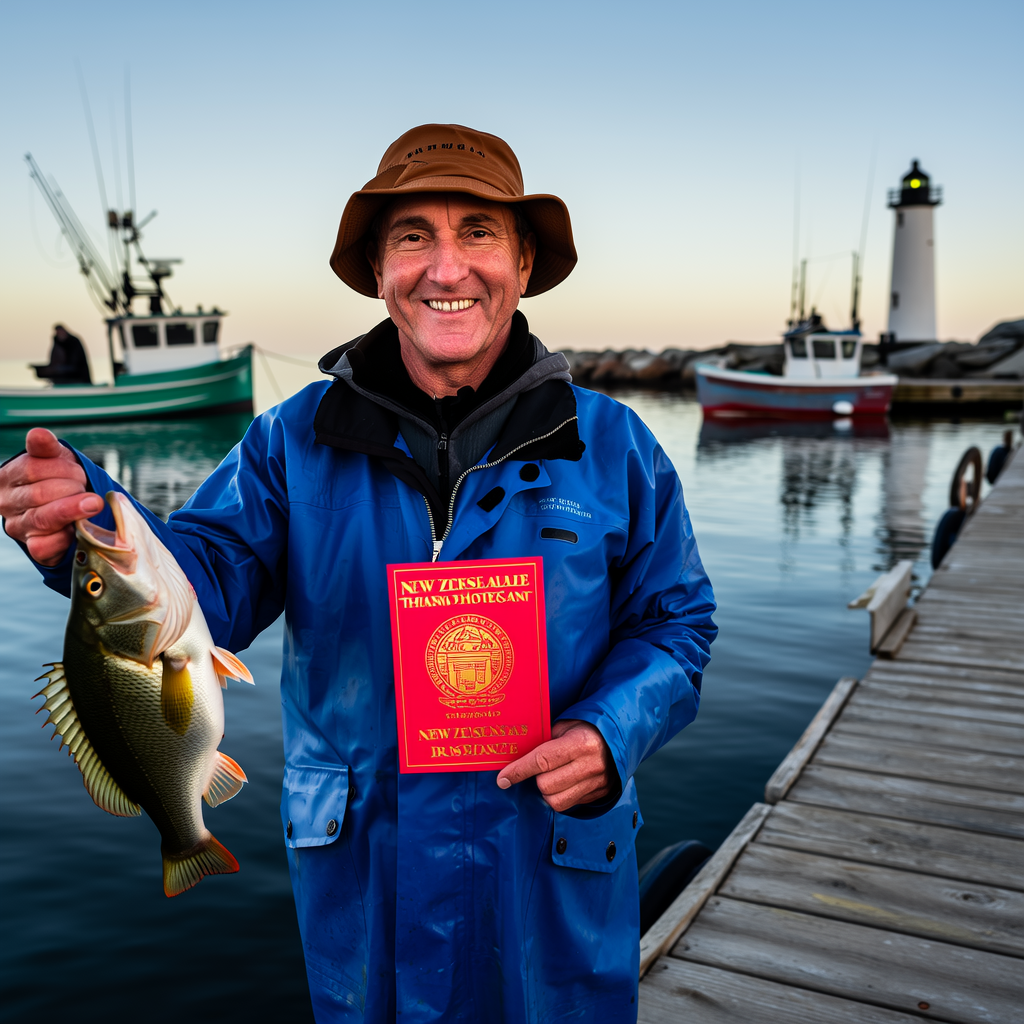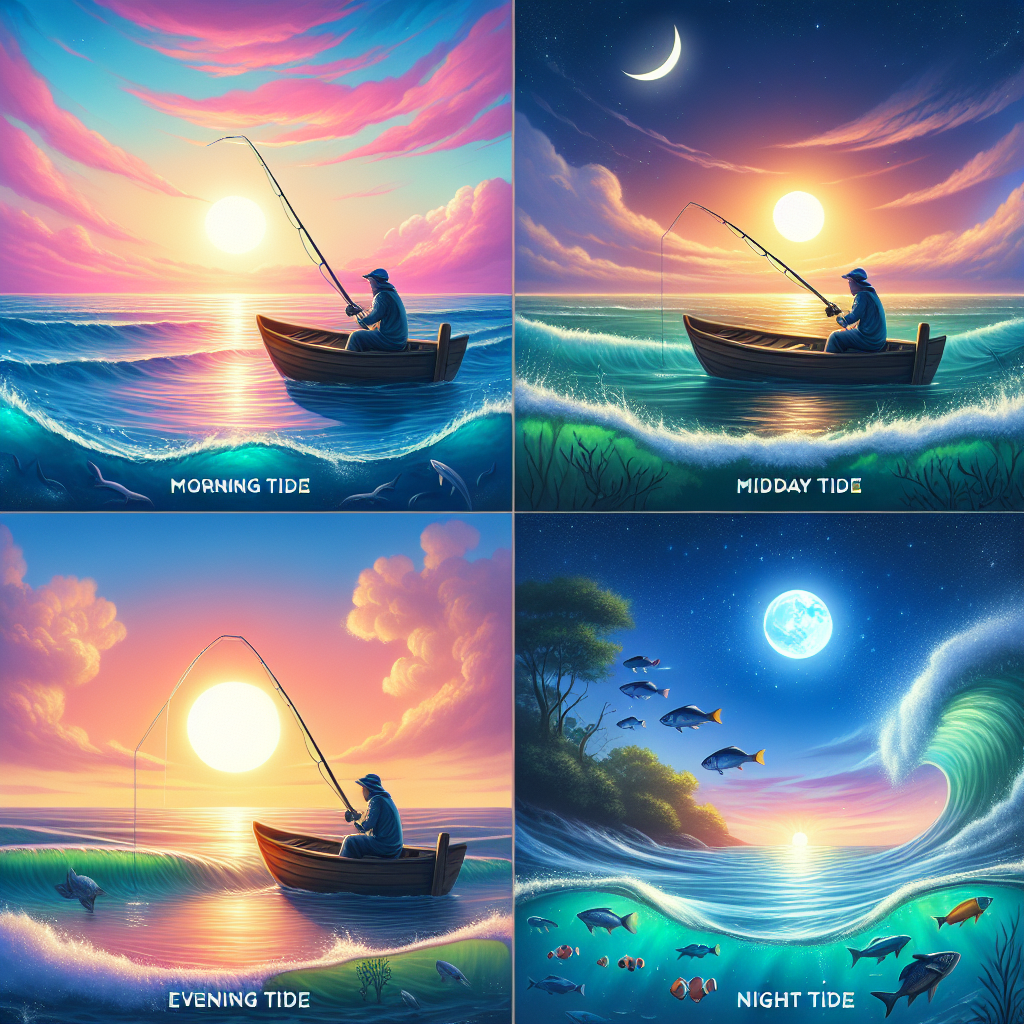Canada’s fishing regulations are essential to ensuring sustainable and responsible practices in the country. These regulations protect fish populations, maintain aquatic ecosystem integrity, and provide recreational, commercial, and other fishing opportunities for future generations.
Why is it necessary to have Canadian fishing regulations?
Canadian fishing regulations are important for a variety of reasons. First, they are designed to prevent overfishing – when fish stocks are depleted to the point that they cannot reproduce. Overfishing has severe ecological consequences and can disrupt food chains. It can also lead to the decline in fish populations.
Second, fishing regulations can help conserve species that are vulnerable or endangered. By implementing size restrictions, catch limits, and seasonal closings, authorities can promote the recovery of these species.
Thirdly, they promote fair and responsible practices of fishing. They ensure that all anglers – whether commercial or recreational – have equal opportunities to fish and adhere to sustainable methods. Authorities can better manage fishing activities by setting guidelines for gear usage, fishing techniques, and reporting of catch.
Important Fishing Regulations for Canada
Licenses and Catch Limits
Anyone over a certain age in Canada is required to have a fishing licence before they can engage in recreational fishing. This license is used to regulate the number and size of anglers. It also collects fishing data and funds conservation programs. The catch limits are another important aspect of fishing regulations. They specify the number of fish and their size that an angler can keep in a day or for a longer time period.
The catch limits can vary depending on the species of fish, the region and sometimes the time of the year. To protect the fishery and avoid unintentionally breaking laws, it is important to stay up to date on the latest regulations.
Closed Seasons for Fishing
Many fish species have seasons when they are most abundant and actively spawning. Fishing seasons allow anglers to participate while minimizing their impact on fish populations at vulnerable times. By adhering strictly to the seasonal restrictions, anglers are able to contribute to sustainable fishing and preserve healthy fish populations.
Sometimes, temporary or permanently closed areas are implemented to protect sensitive ecosystems, endangered species, or critical habitats. To support the long-term conservation and health of aquatic environments, it is important to respect these closings.
Size and Possession Limits
Size limits are often set to protect young fish and give them time to grow before they are harvested. Possession limits refer to the maximum amount of fish that an angler may have in his possession at any time, regardless of how or where they were caught. These limits prevent overfishing and the possibility of illegal trading or selling.
Banned Species & Baits
Certain species are protected and it is illegal to capture or keep them. It is common for endangered or threatened animals, such as salmon, to be protected. Certain baits may also be banned to prevent the introduction or spread of invasive species.
Violations of fishing regulations can have serious consequences
The law enforces fishing regulations, and violators can be punished with fines, imprisonment, or both. All anglers should familiarize themselves with local regulations and ensure compliance.
Keyword density: 1.5%
Anglers’ Responsibility
Anglers play a crucial role in upholding the fishing regulations in Canada. By following these regulations, and using responsible fishing techniques to conserve and sustain fisheries, anglers are able to actively contribute.
Regularly checking official sources for updates will help anglers stay up to date with the latest fishing regulations. This will ensure that they are informed of any changes to catch limits, size limitations, or fishing season.
Anglers must also educate themselves about proper catch-and-release techniques. By handling fish correctly, using the right gear and releasing unharmed fish back into the water, you can increase their chances of surviving, which will contribute to the health of the fish population.
Keyword density: 1.2%
Collaborative conservation efforts
Conservation organizations, government agencies, and local communities all work together to create and enforce fishing regulations across Canada. These collective efforts aim at striking a balance between sustainable resource usage and the preservation aquatic ecosystems.
Authorities can make informed decisions about fishing regulations through public consultations, research and monitoring initiatives. The ultimate goal of the authorities is to protect the long-term health and well-being of fish populations. They also want to promote responsible fishing and ensure that present and future generations can enjoy fishing.
Conclusion
Canadian fishing regulations are crucial to maintaining sustainable and responsible practices. By adhering these regulations, anglers are able to play a major role in conserving the fish population, protecting sensitive eco-systems, and promoting fair opportunities for fishing.
Keyword density: 1%




